2021-10-28 Dan Burns, Testifi: Redefine your testing and make quality a competitive advantage
This is a hybrid event. On Bevy (ace.atlassian.com) and Meetup you can join a Zoom Meeting. In Berlin we have a small crowd (max 20 ppl) on-site and will live stream.. We will not tell you where, but rest assured that it is an interesting location. If you want to be invited, contact lo.voelsen@atlassiancommunity.com, but be very sure that you can be there on the 28th. It is our first hybrid event, so expect some technical fun .
Strict 2G rules on-site! So you are either fully vaccinated and/or recovered and have the paperwork to prove it., or you will not get in. No discussions, no exceptions.

On Bevy: https://ace.atlassian.com/e/mnd8tj/
On Meetup: https://www.meetup.com/de-DE/ACBEBB/events/281398935/
Community Post: Our first hybrid event: Redefine your testing with... - Atlassian Community
Presenter: Dan Burns

Originally from New Zealand, after he completed his studies in 2004 (Bachelors in Law, Politics and Computer Science) Dan found himself in London working for a consultancy specialising in Software Testing. Despite it not being his first choice, he was determined to become the best tester he could. This led to a focus on technical and automated testing in the context of Agile Software Development.
After some formative experiences with the consultancy (especially an Agile project with Thoughtworks in 2005) he then began freelancing throughout Europe and Russia. Along the way he also completed an Executive MBA in Innovation and Entrepreneurship at the Technical University of Munich. He also relocated to Munich, married a German and had three daughters. He has been known to derive pleasure through running through lots of mud and tries not to take himself too seriously, despite occasionally reverting to third person prose.
Always frustrated by the lack of satisfactory tools to properly support modern/agile software development, in 2017 Dan co-founded Testifi with Henning Luther to address these inadequacies and bring some of their ideas to life. Henning and Dan developed the concepts of Testifi part-time until 2019 when they went full-time. Since that time Testifi has grown to 35 people and serves a variety of Enterprise companies throughout Europe. With the goal of redefining software testing, Testifi tools attempt to bring clarity, transparency and order to software development. They have two product lines 1) CAST - Collaborative Automated System Test, a platform tool based on a deep integration to Jira that extends the jira eco-system into a full delivery pipeline and 2) ForeCAST, AI powered full test automation. Their tools support systematic test automation at scale with the goal of maximising the efficiency of development teams, creating space for collaboration/teamwork and unlocking the ability of companies to innovate at speed. Dan and his team have lofty goals to challenge some of the paradigms of software development, democratise testing and extend the jira ecosystem to truly enable DevOps. Automate, Integrate, Collaborate... Testifi brings clarity and order to your software delivery processes.
Redefine your testing and make quality a competitive advantage
DevOps make software delivery more efficient and accelerates the speed in which innovation can be brought to the market. Testing is an integral part of this process, yet often the weakest link. A big part of the problem is that Testing and its value is not properly understood. In order to understand the solution, you must first understand the problem.
Mindset changes
In this talk we will first look at the different ways of looking at testing, the difference in mindset and approach that is required when you move from:
a focus on manual testing to a focus on automated testing,
then from automated testing as an extension of manual testing to continuous testing,
then finally shifting the testing left and starting with the tests.
Shifting Left
Shifting left warrants a deeper dive, for it is not just about writing the tests first, it changes completely the focus of the tests. The tests become living documentation that must be predictively and collaboratively developed by the entire team. This means that the tests extend the requirements into the specification. They must be written taking into account the full-stack from front-end to back-end, giving the development team all the info they need to implement the feature. If the tests are deeply integrated in the C.I. pipelines, then that means that they are constantly executed and validated, turning them into a living documentation, which validates the 'requirements' not the 'code'
In a deeply integrated context, then each execution cycle is available to everyone in the whole project, all the time. Fast and comprehensive feedback helps to remove silos and misunderstandings in the team. It's like turning the lights on in the project.
Shifting Right
One of the problems that arises is as the volume of automated tests increases, then the time to execute these tests will also increase. A developer needs fast and focused feedback, therefore the test execution needs to be prioritised to focus on most relevant tests first. Once this set of tests passes, then the developer gets the 'initial' feedback and the greenlight to keep working and the build progresses to the next stage of the build process whereby increasingly comprehensive sets of tests will execute, one stage after the other. Staged quality gateways enable both fast and comprehensive feedback. As the quality gateways improve in scope and depth, so too will 'trust' in your pipelines. At the end, any build that passes through all of your quality gateways comes out the other side as a shippable piece of code. This means not just continuous integration... but continuous delivery.
Democratising of testing
Another critical success factor for systematic test automation at scale is moving away from a silo mentality and embracing an 'agile' attitude towards quality. This means all stakeholders in the development team are 'owners' of quality, technical and non-technical alike. For this to work the tools used must be accessible for the whole team.
There are typically two barriers towards accessibility or 'full-team' engagement with Testing:
the tools are too expensive
they are too complex/complicated to use
If a tool is prohibitively expensive, then access is restricted. This, obviously, reinforces the 'silo' nature of development that we want to avoid in a DevOps environment. Equally if a tool is too complicated to use, if it's something that you can only access via an IDE then the non-technical members of the team are also 'out-of-the-game'. Again this is something to be avoided. An increasingly popular solution to address the 'technical' accessibility point is through 'low-code' tools based around a graphical user interface. If the barrier for engagement is removed, then non-technical members, such as testers/POs/BAs are able to exploit their domain knowledge much more effectively. They are able to offer a much higher 'qualitative' input and this in turn is only good for the development process.
So how does all this look?
In the final phase of this talk we will discuss what this looks like in the context of an integrated Continuous Integration context. How tools like Xray and Testifi's own CAST can extend the Jira eco-system to create an entire software delivery platform. I would like to share some of the things that work for us and give you a big picture perspective of how the above theory translates into a tangible platform.
About Testifi
Testifi's mission is to redefine software testing. By changing the way companies 'test' then this gives companies a clear view of their entire software value stream, allowing them to maximise the efficiency of the team, bringing innovation to life in a fast, stable and secure manner. Our solutions are backed by industry best practices and science to give development teams the tools they need to make 'quality' a competitive advantage.
Testifi was founded in 2017 and consists of 35 people, with offices in Munich (HQ), London and Budapest. We supplement our products with 'Done-for-you' or 'Done-with-you' services to enable you to 'Do-it-yourself'.
Company Website: www.testifi.io
Dan's Linkedin Profile: linkedin.com/in/danburns6
Testifi on Linkedin: https://www.linkedin.com/company/testifi
Images
Social |
|||
|---|---|---|---|
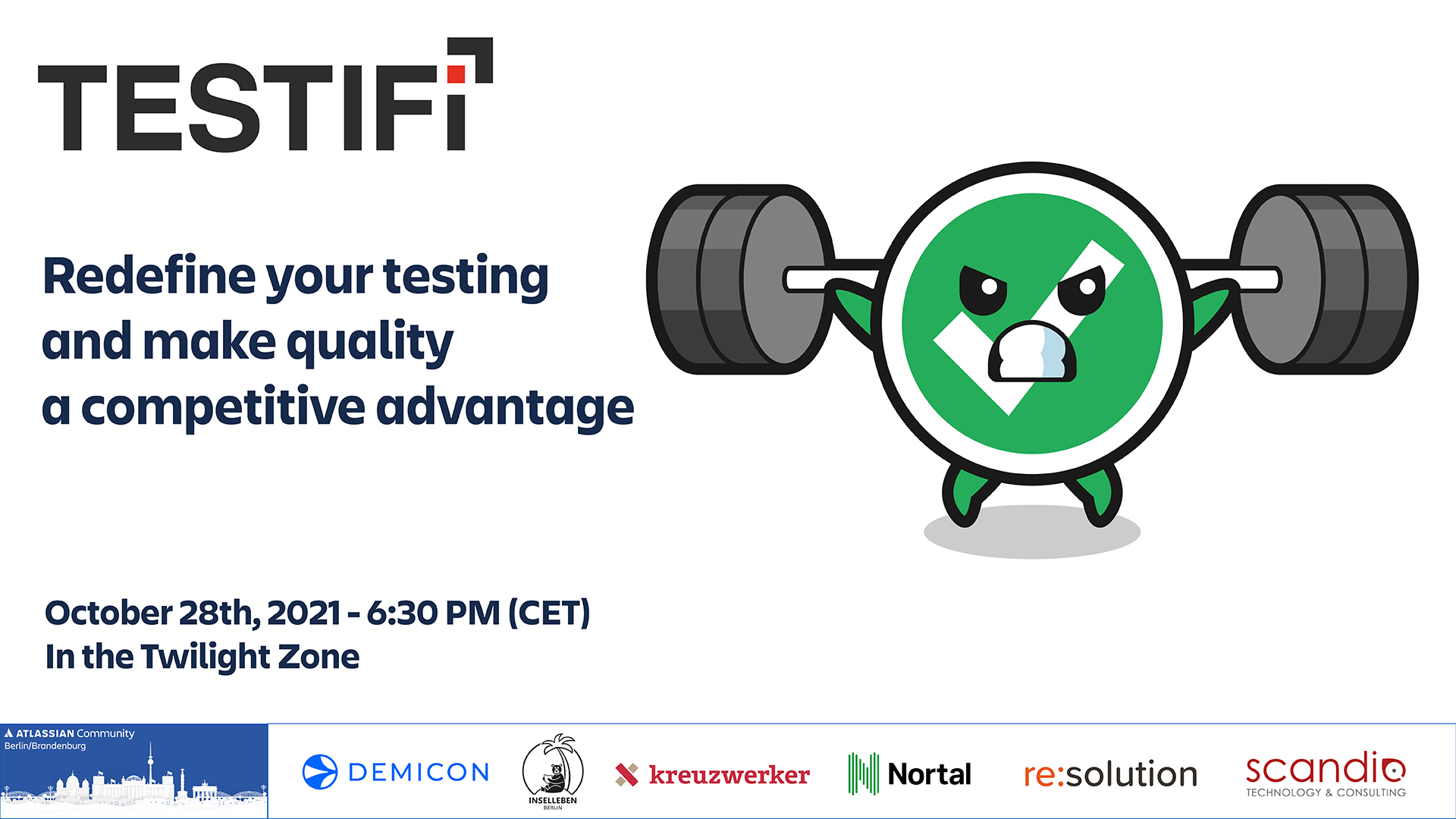
|

|
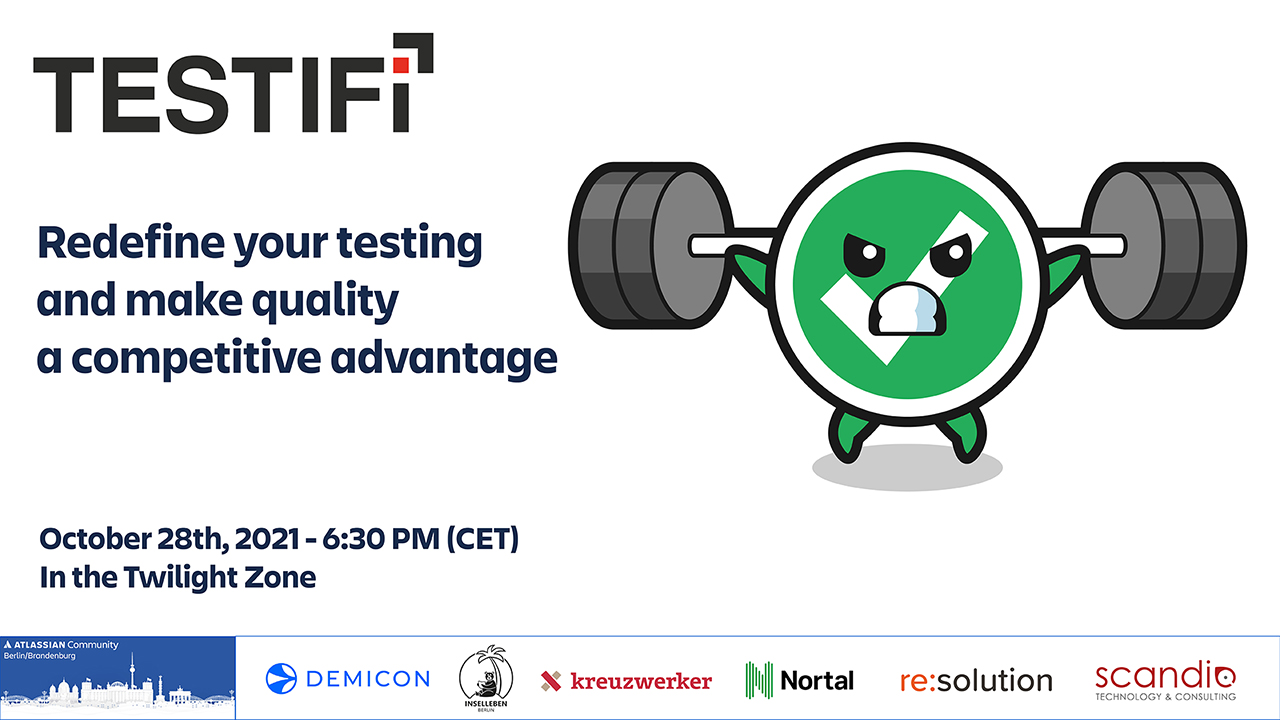
|

|
|
|
|
|
|
|
|
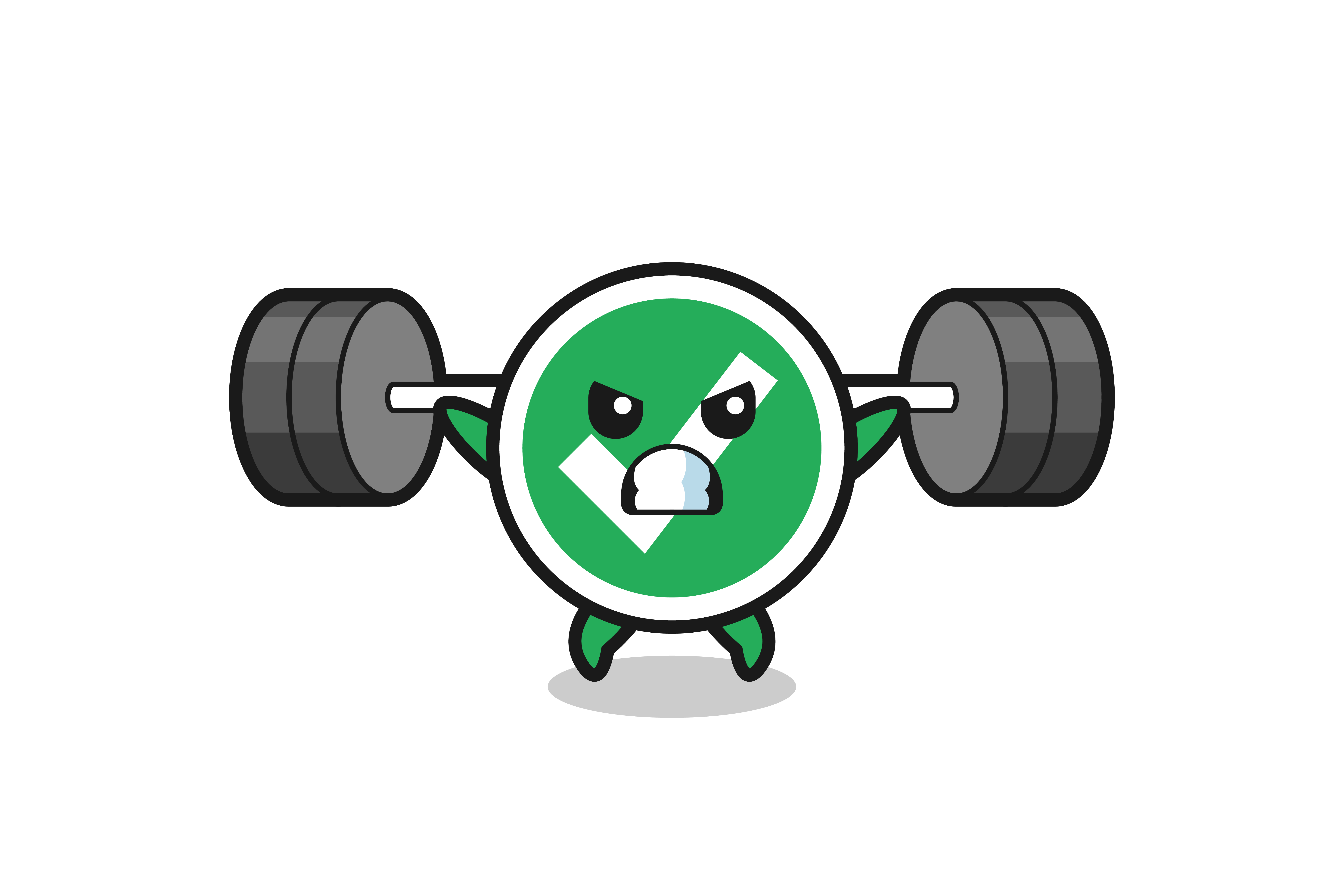
|
||
|
|
|
||
The Evening Onsite Event |
||
|---|---|---|

|

|

|
|
|
|
|
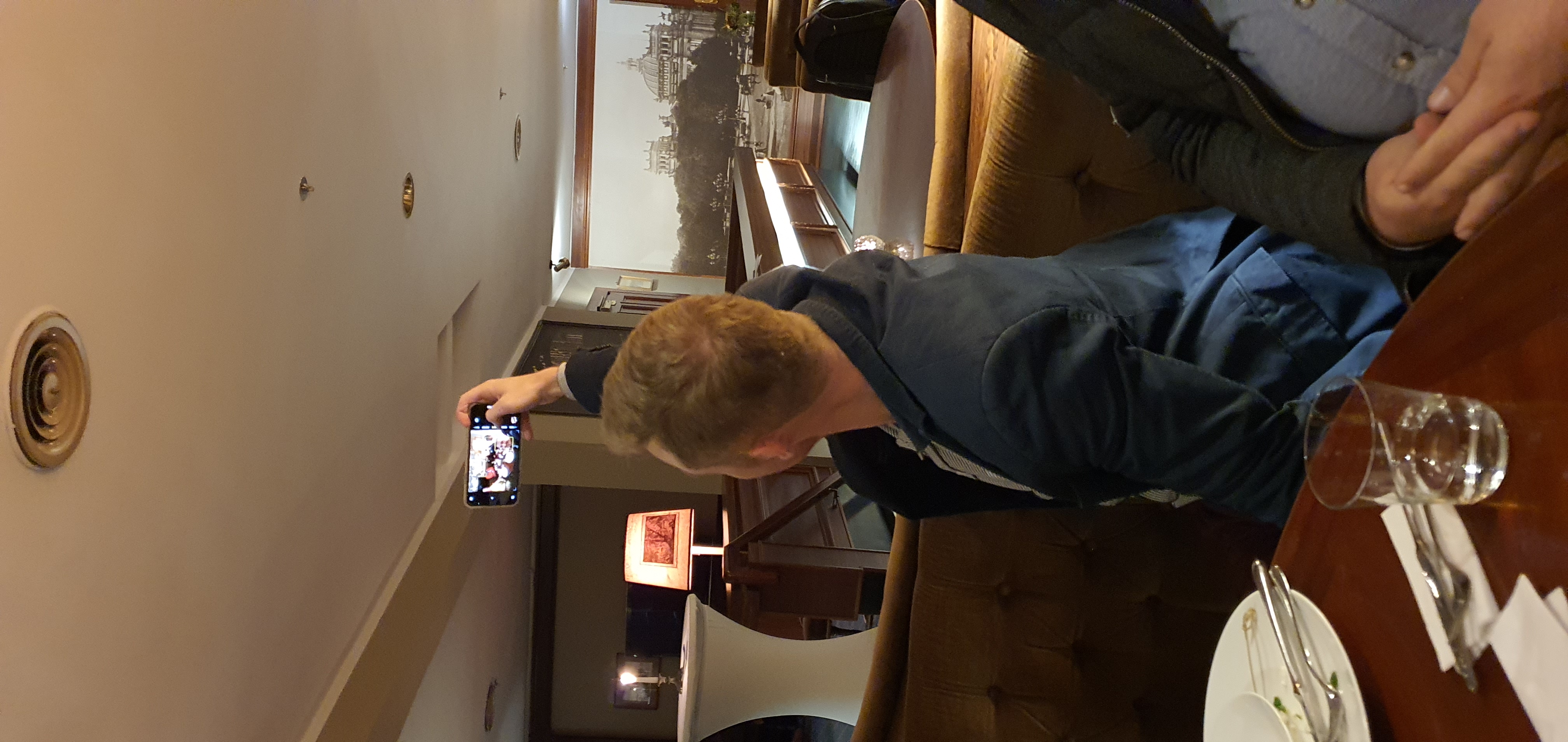
|

|

|
|
|
|
|

|
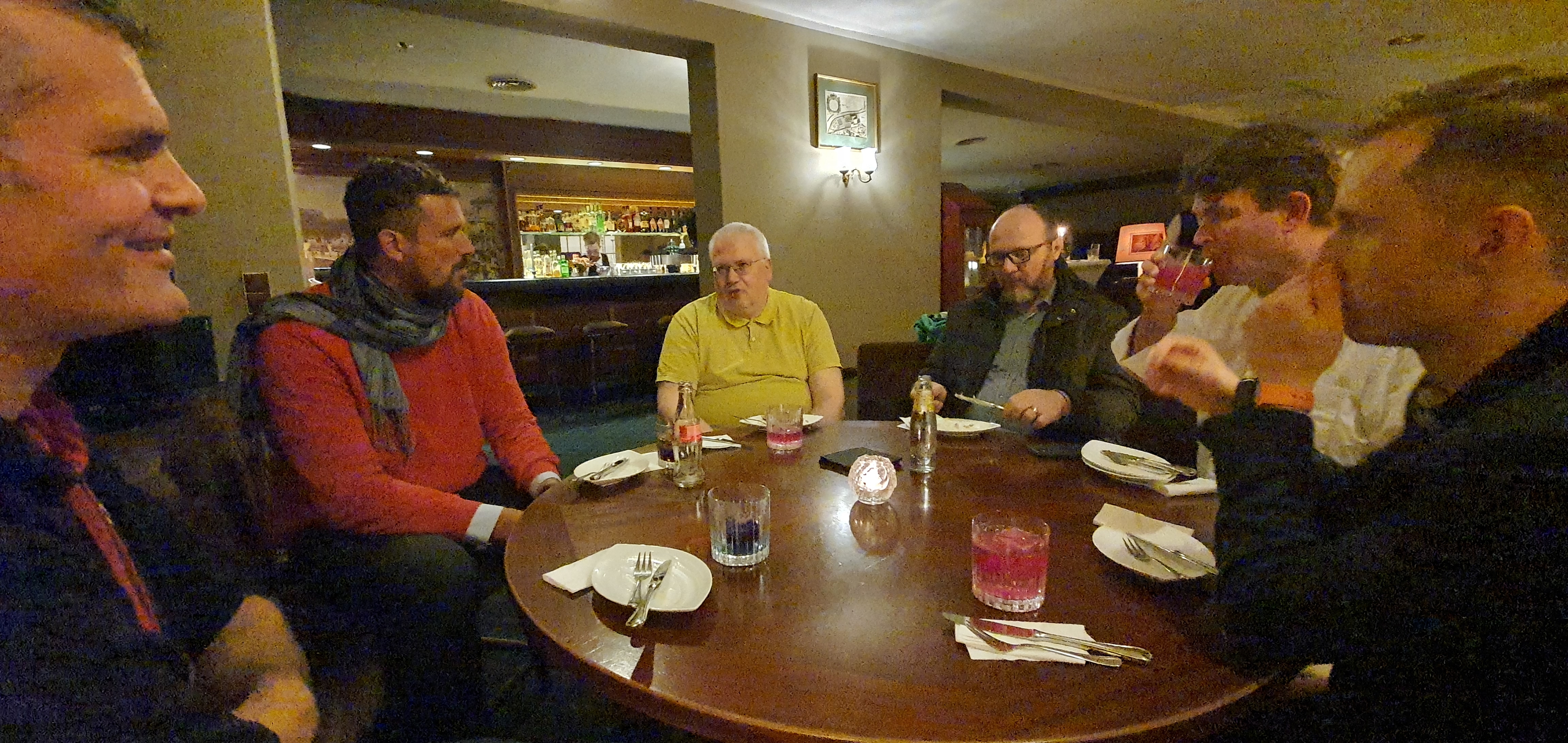
|

|
|
|
|
|
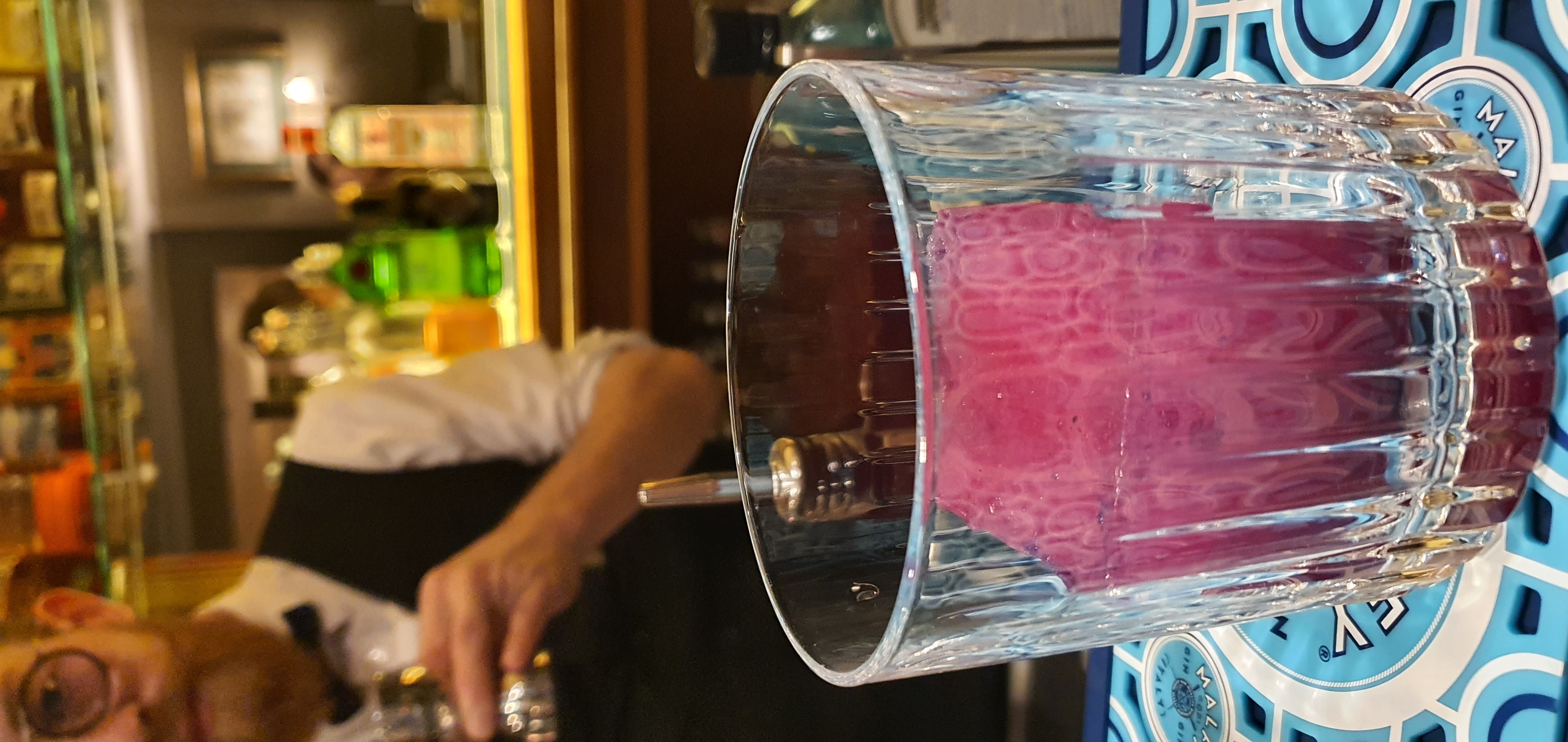
|

|
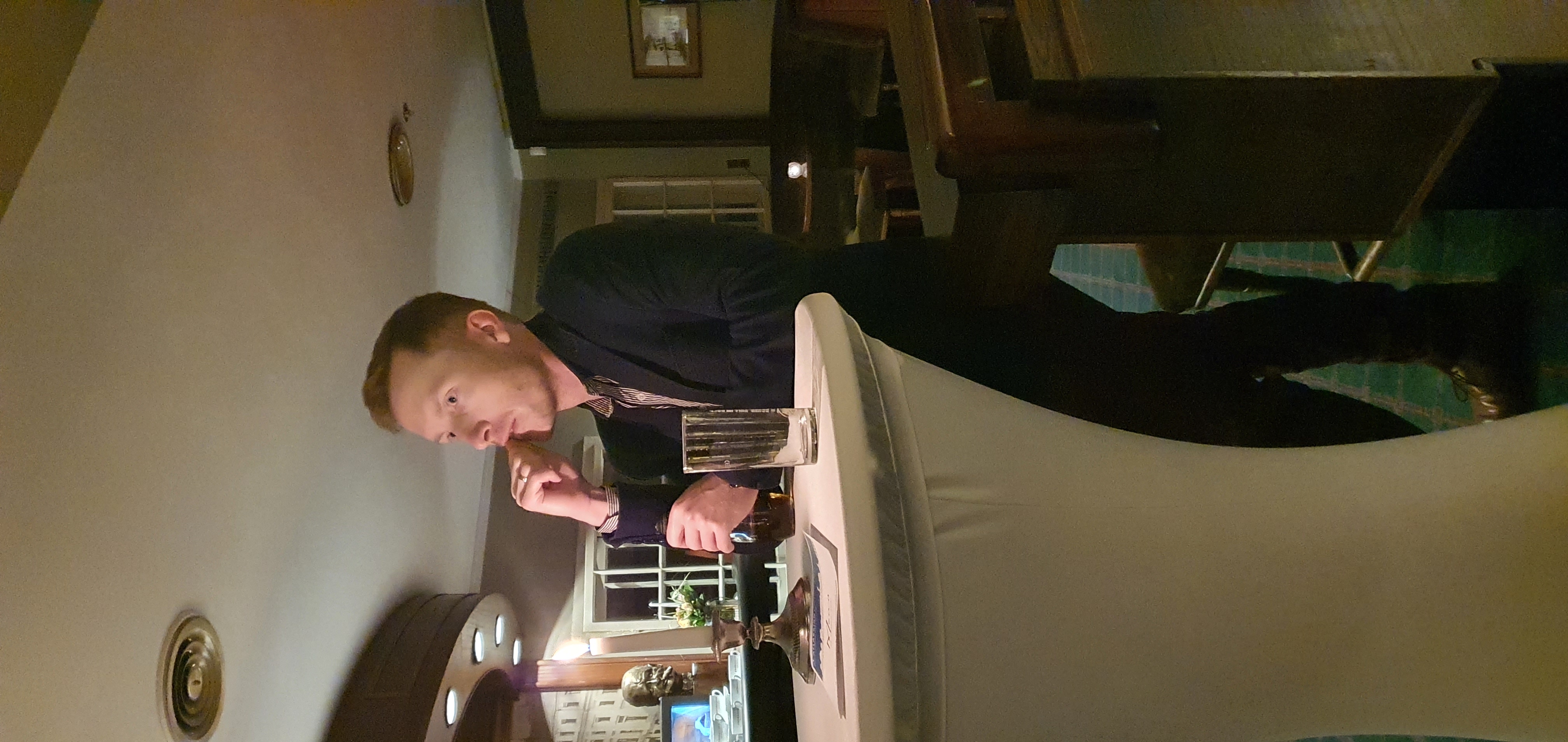
|
|
|
|
|
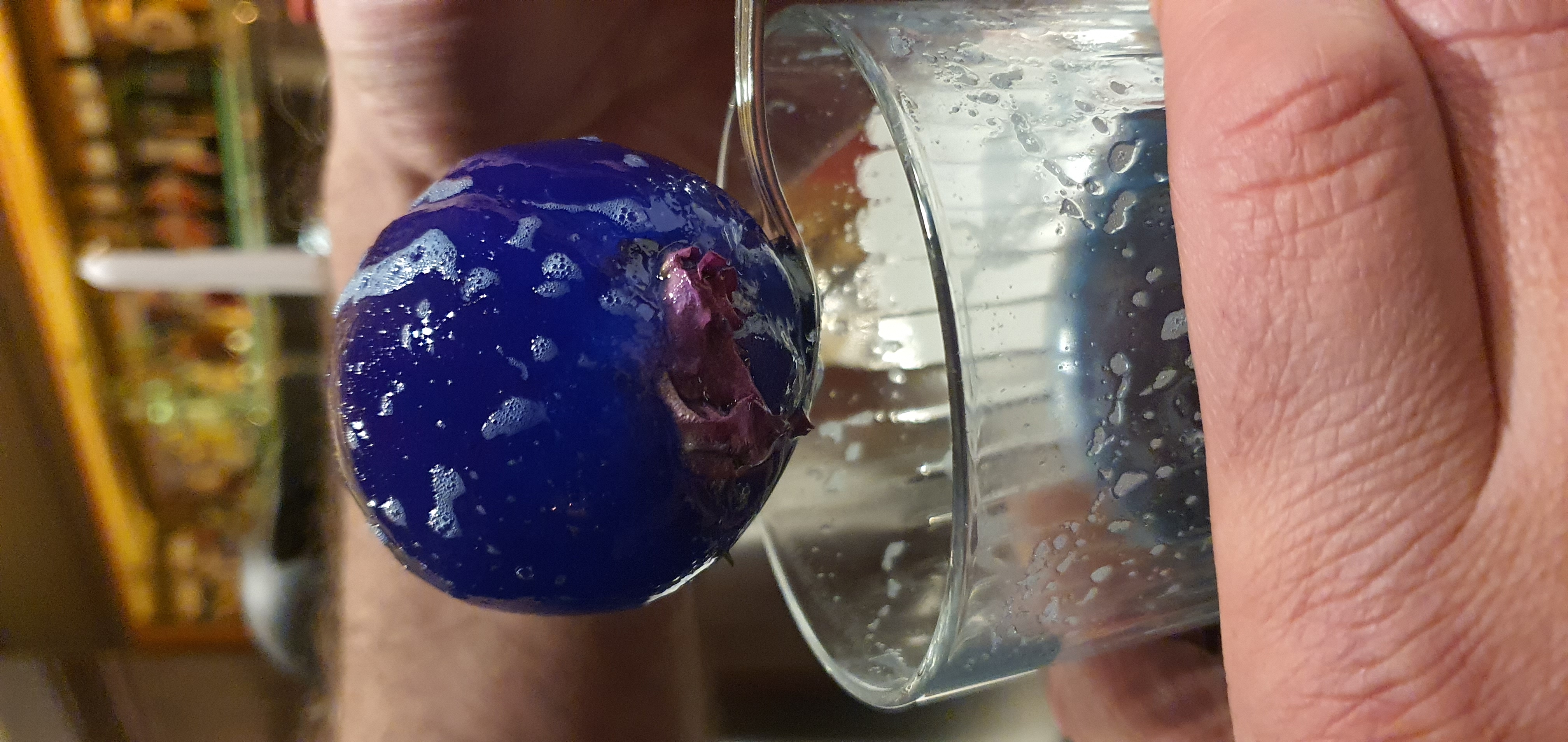
|

|
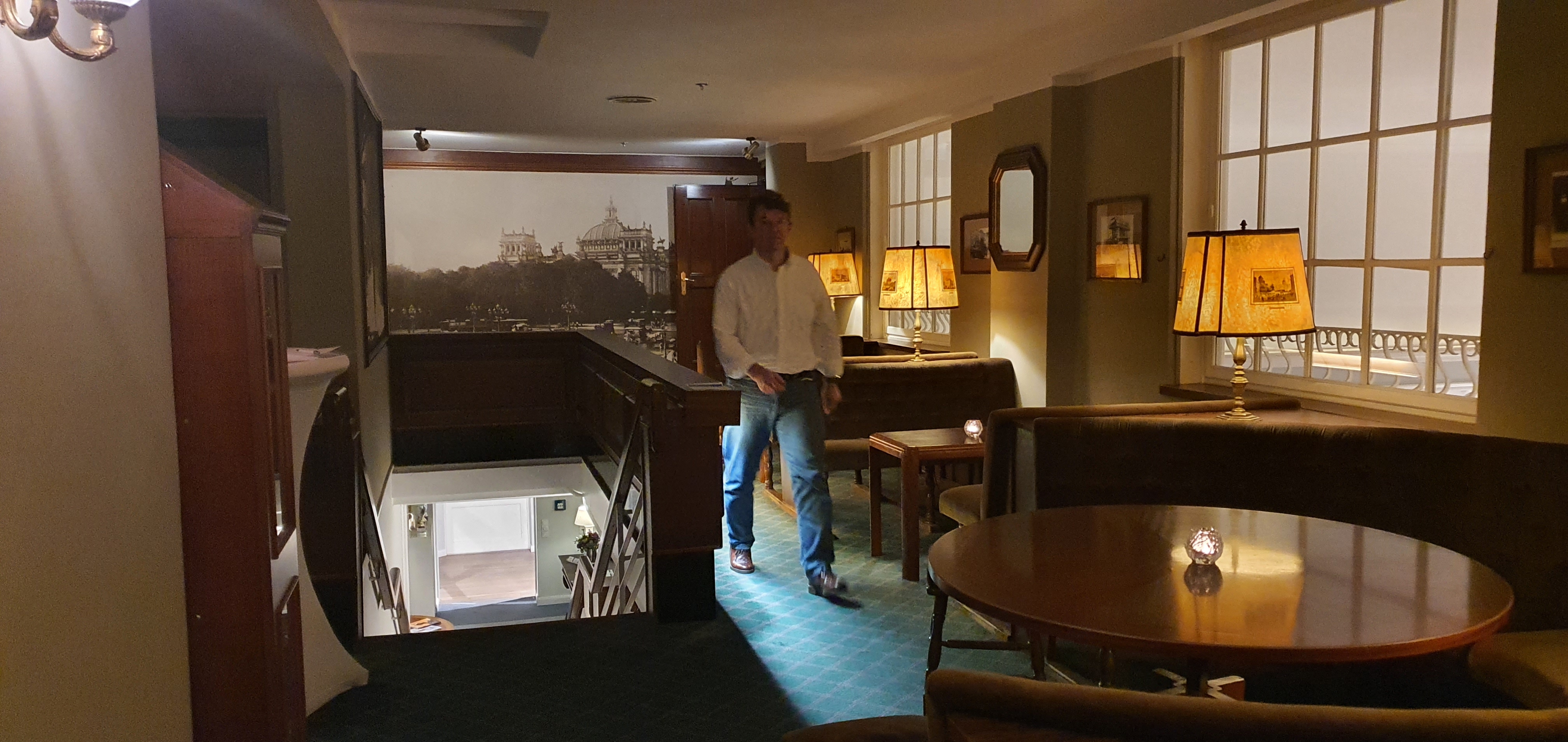
|
|
|
|
|

|
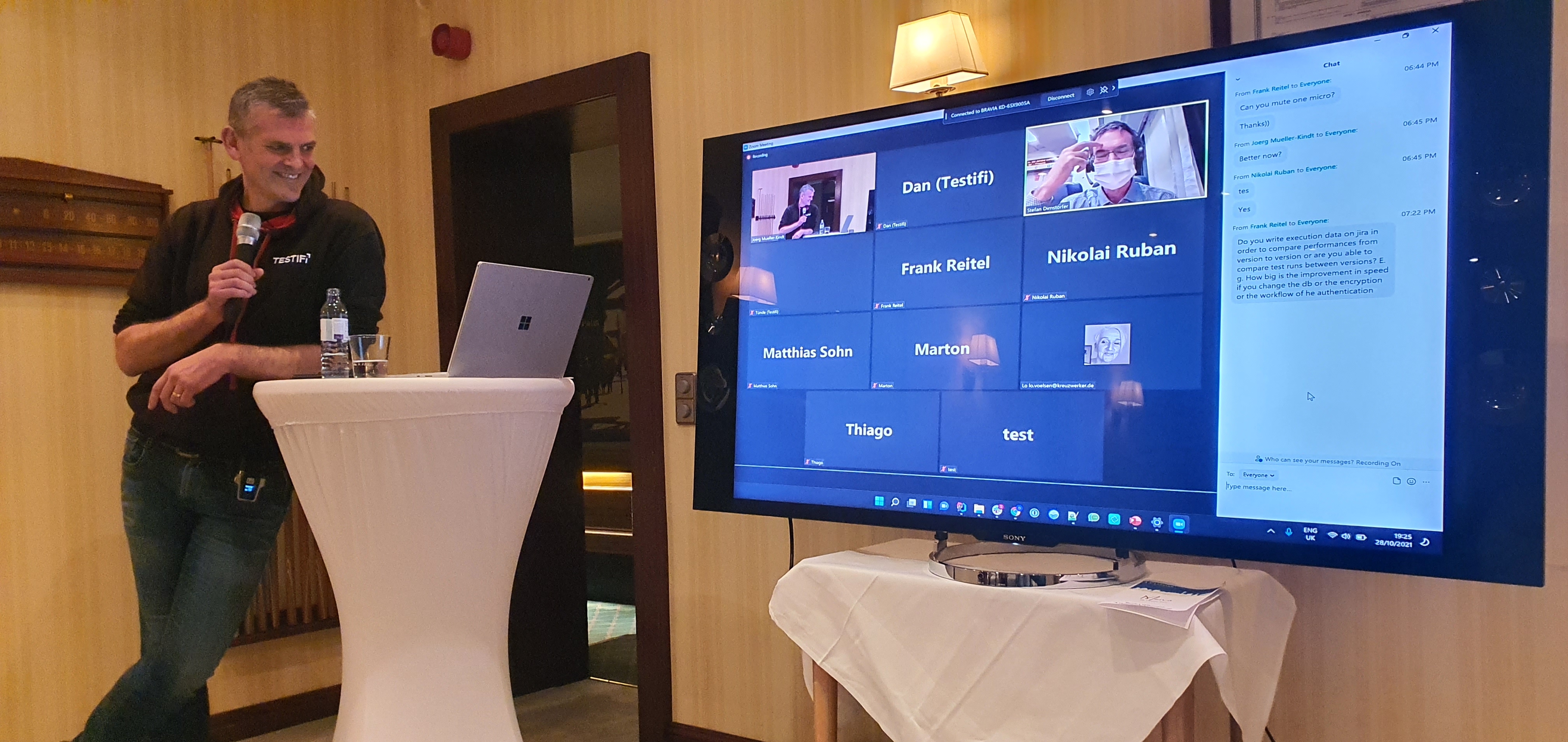
|

|
|
|
|
|
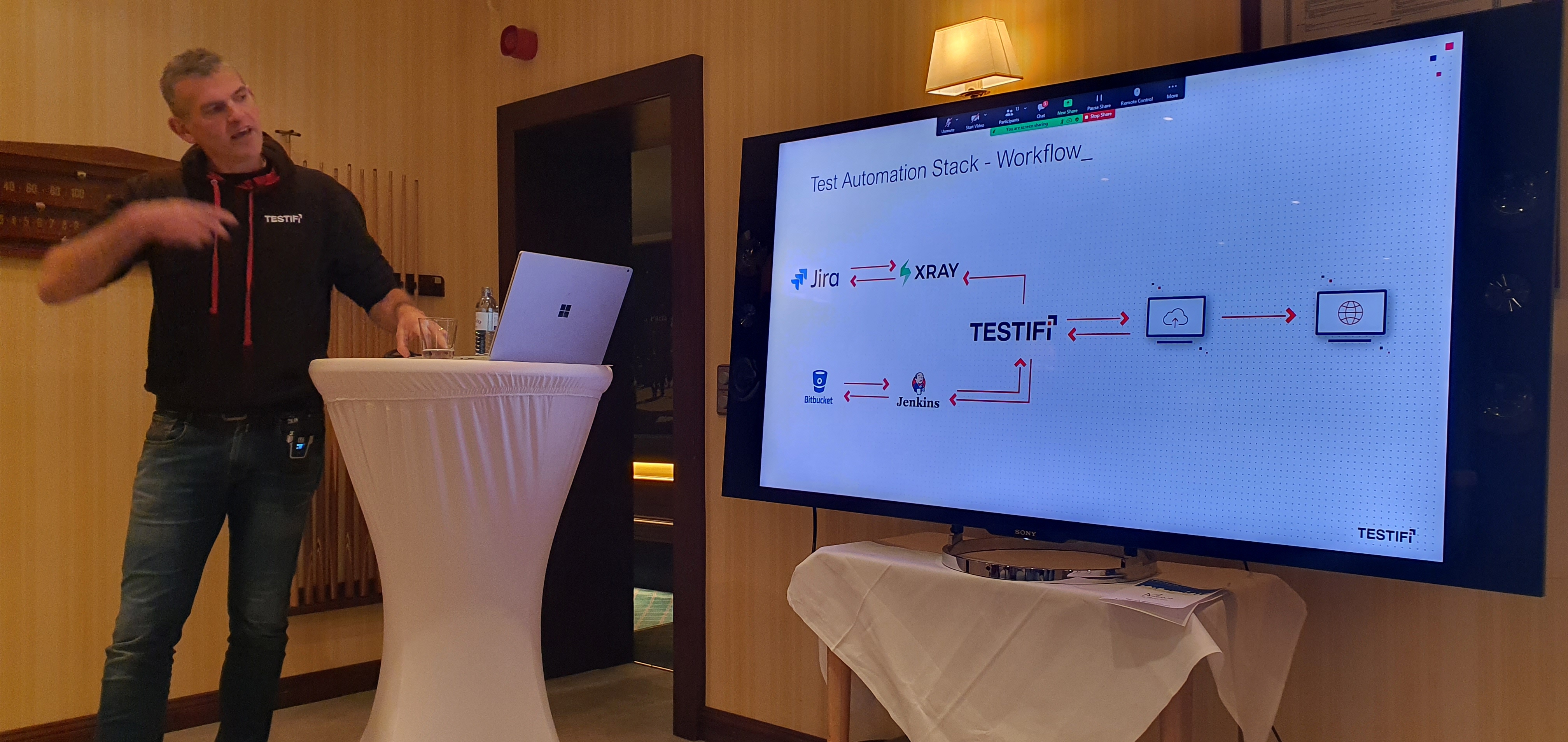
|
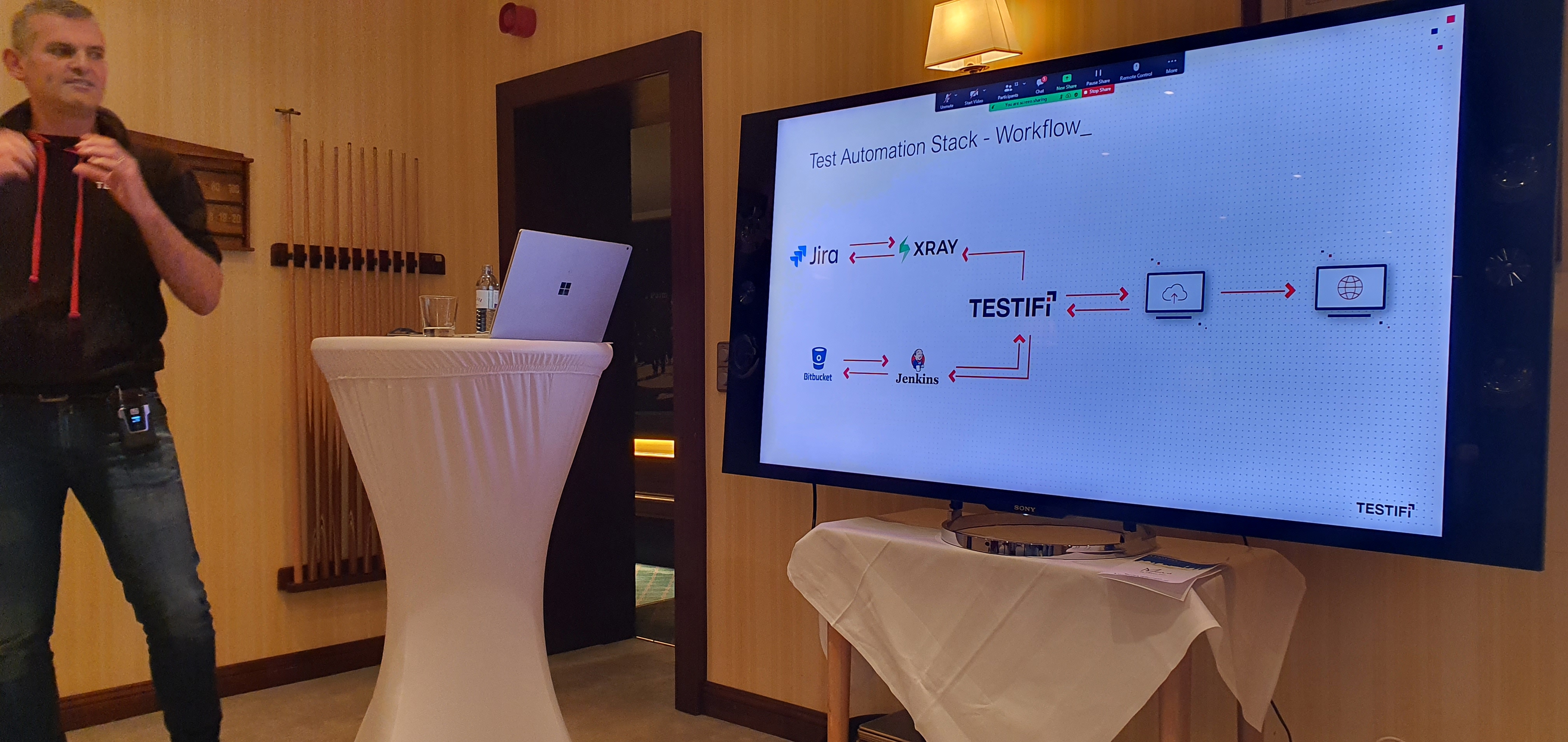
|
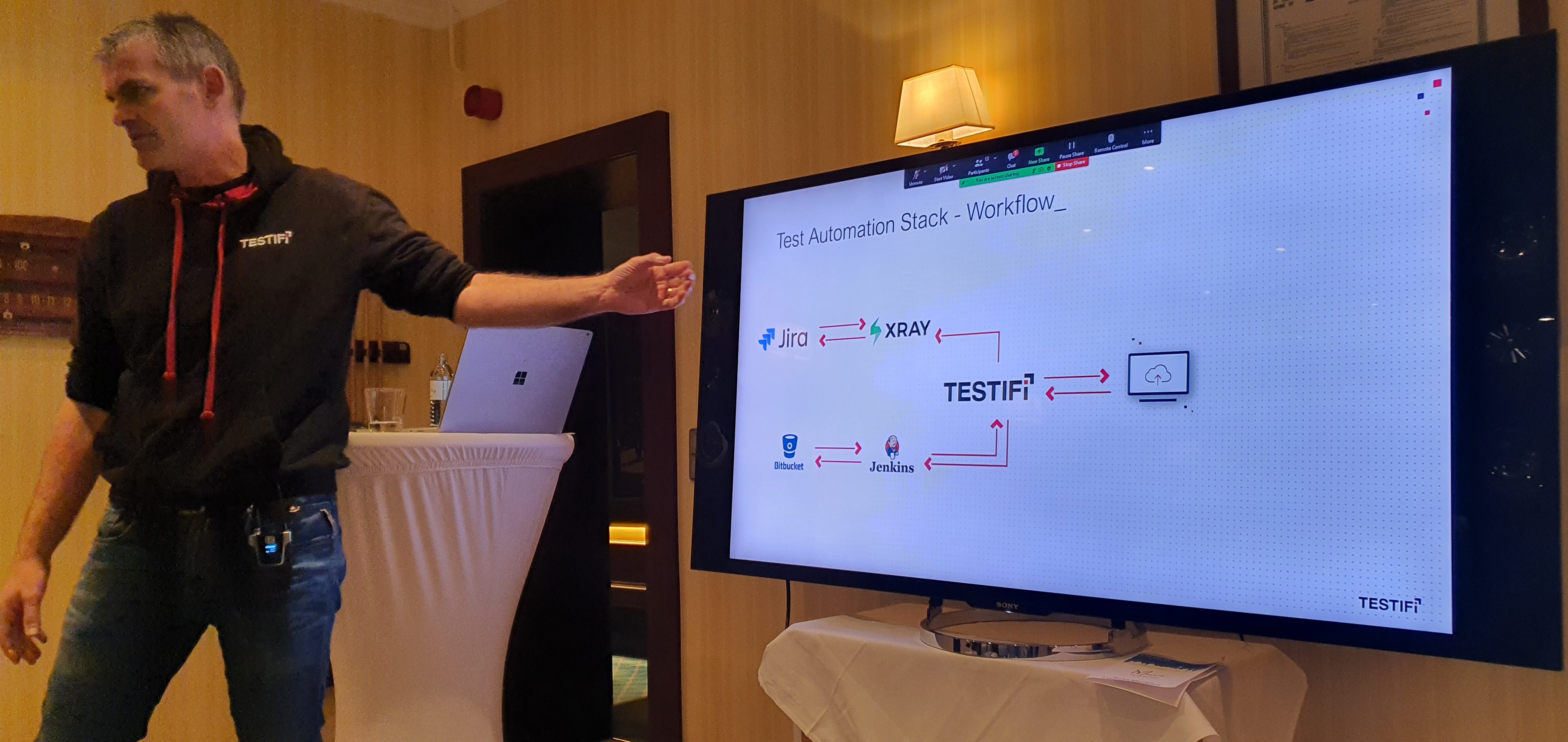
|
|
|
|
|
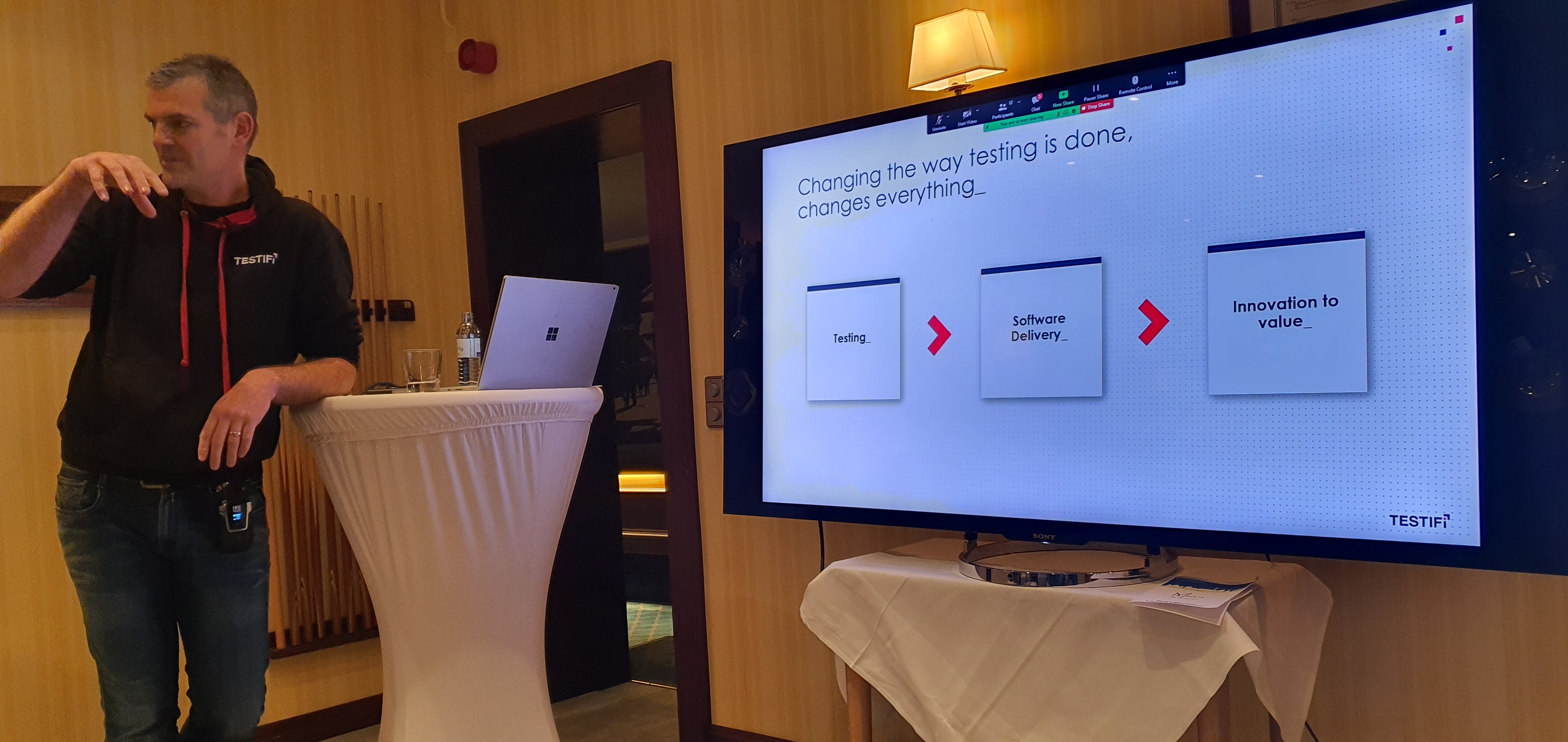
|

|

|
|
|
|
|
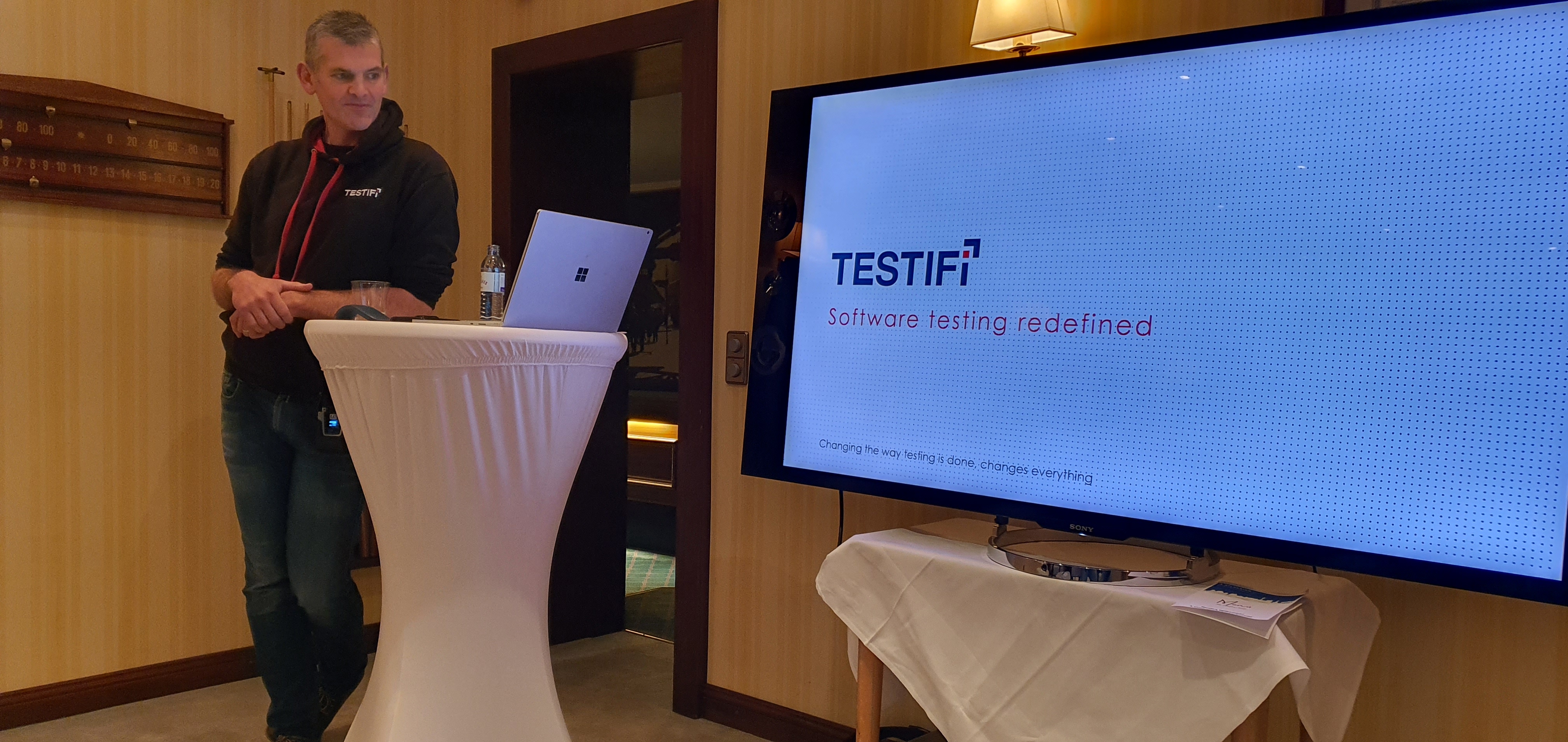
|
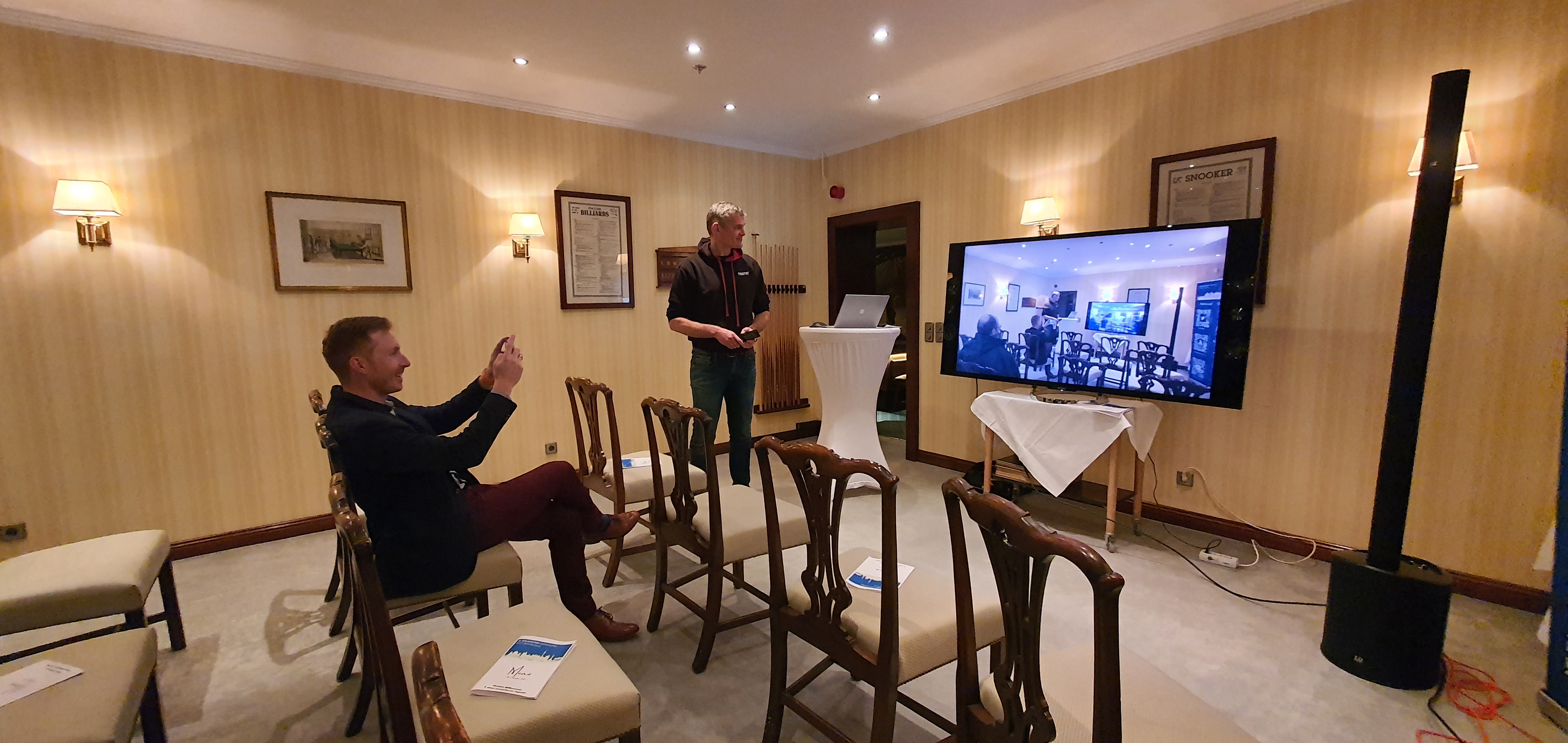
|

|
|
|
|
|
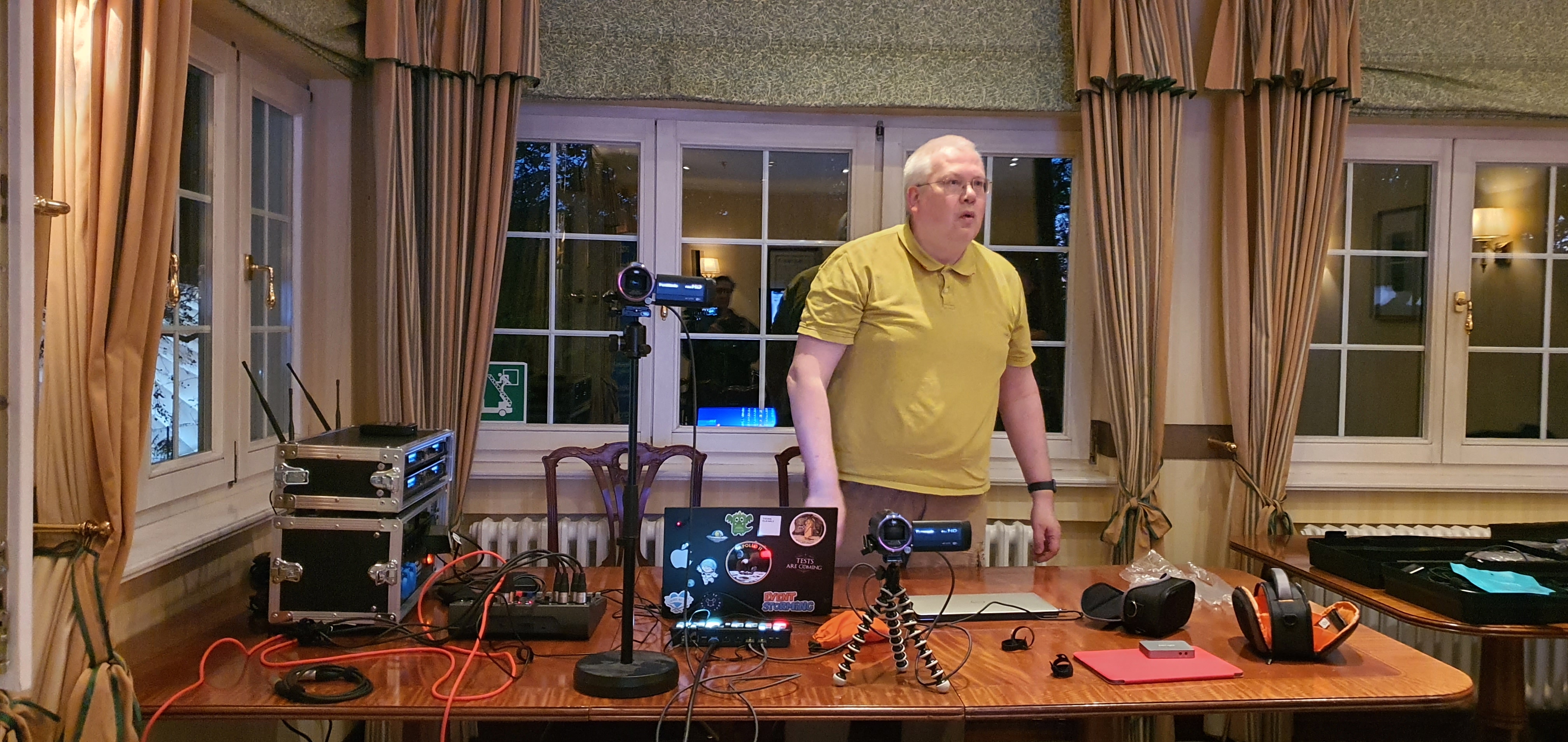
|

|

|
|
|
|
|
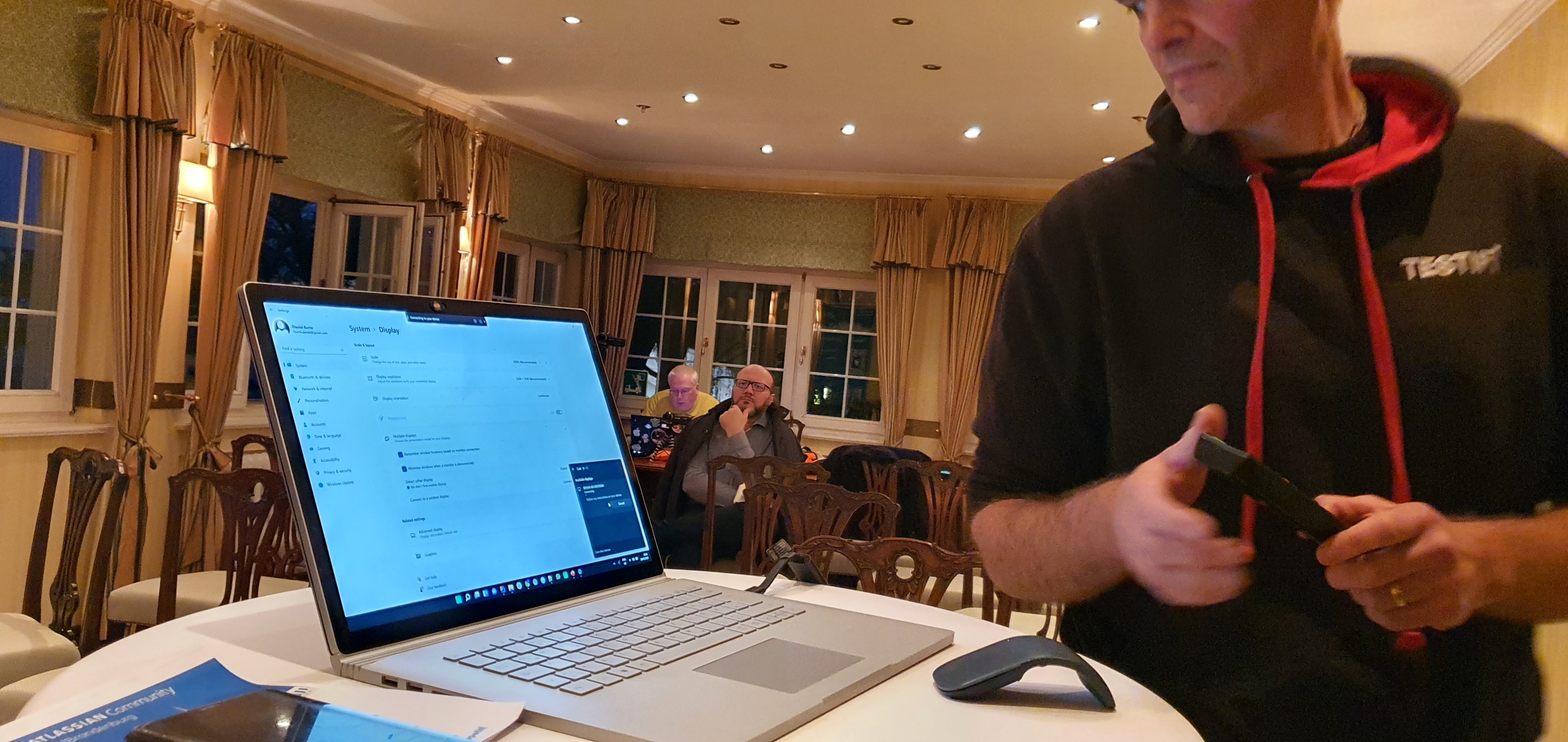
|

|

|
|
|
|
|
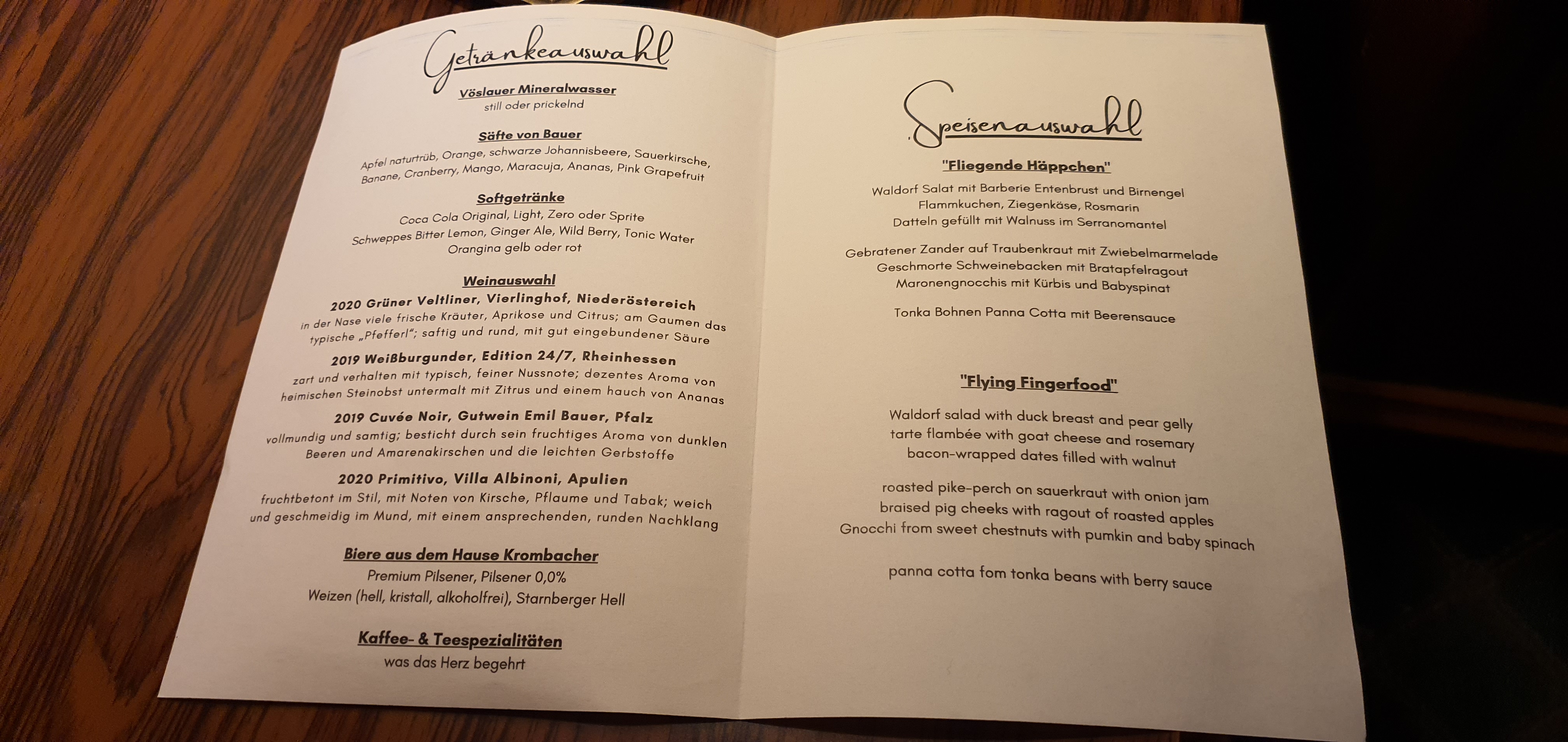
|

|

|
|
|
|
|
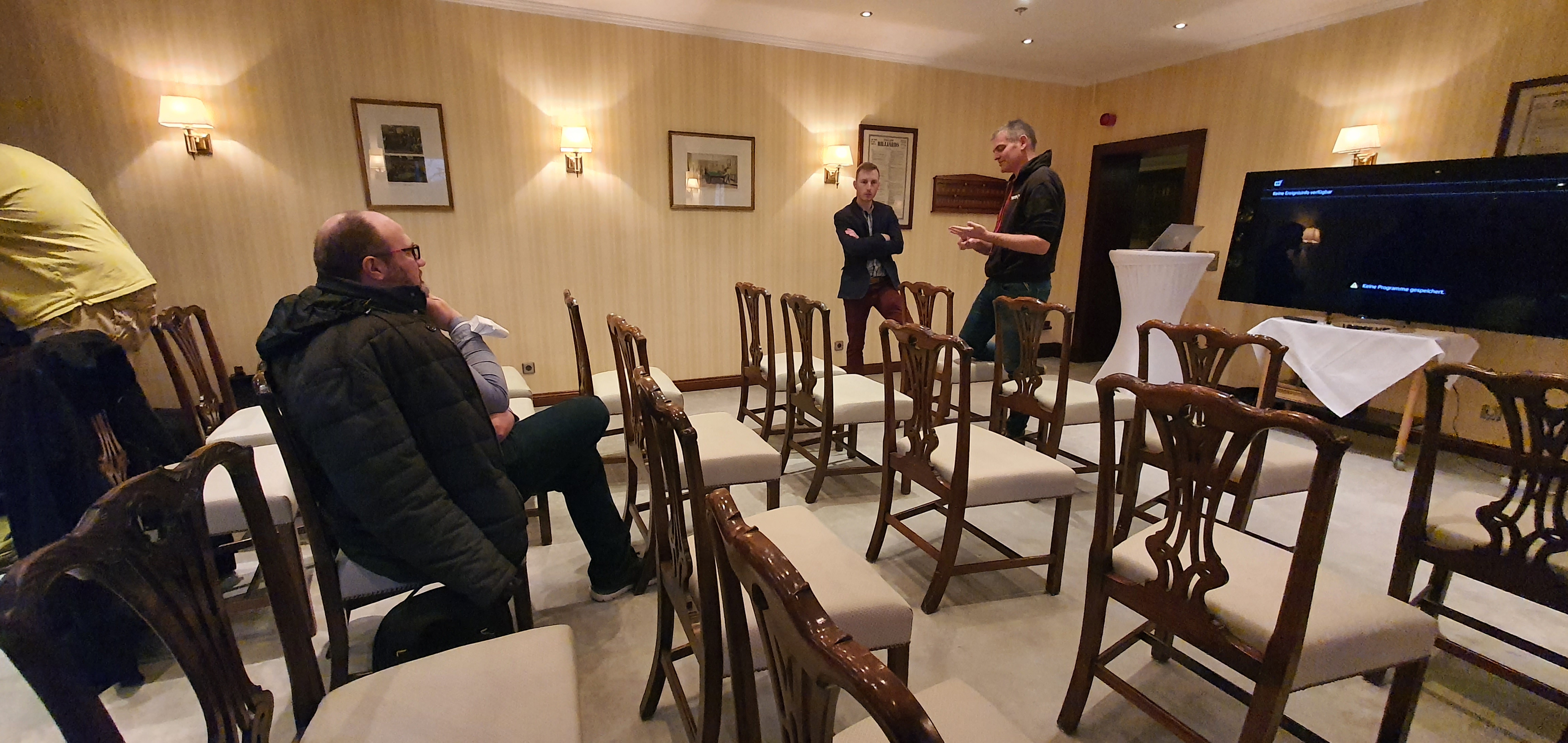
|
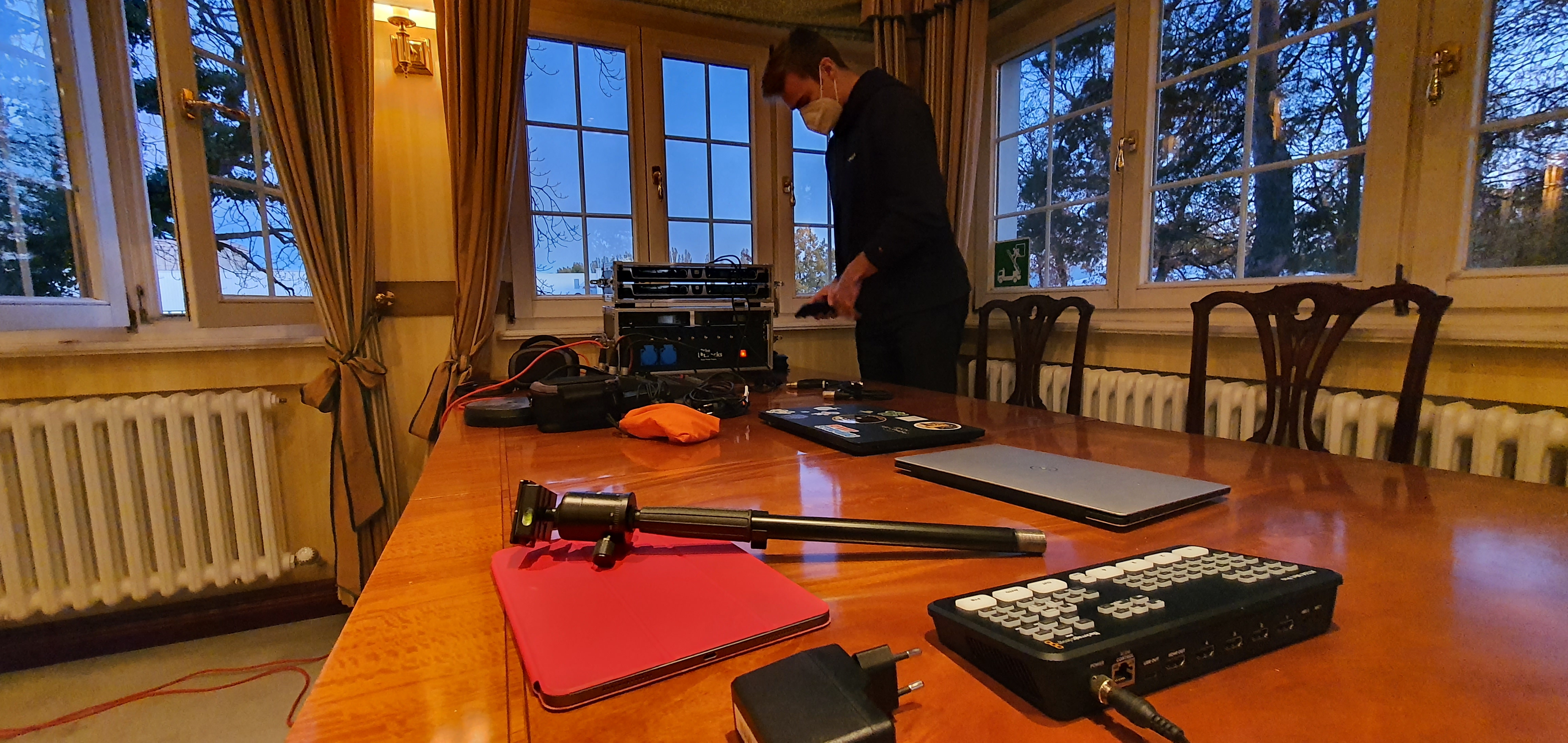
|
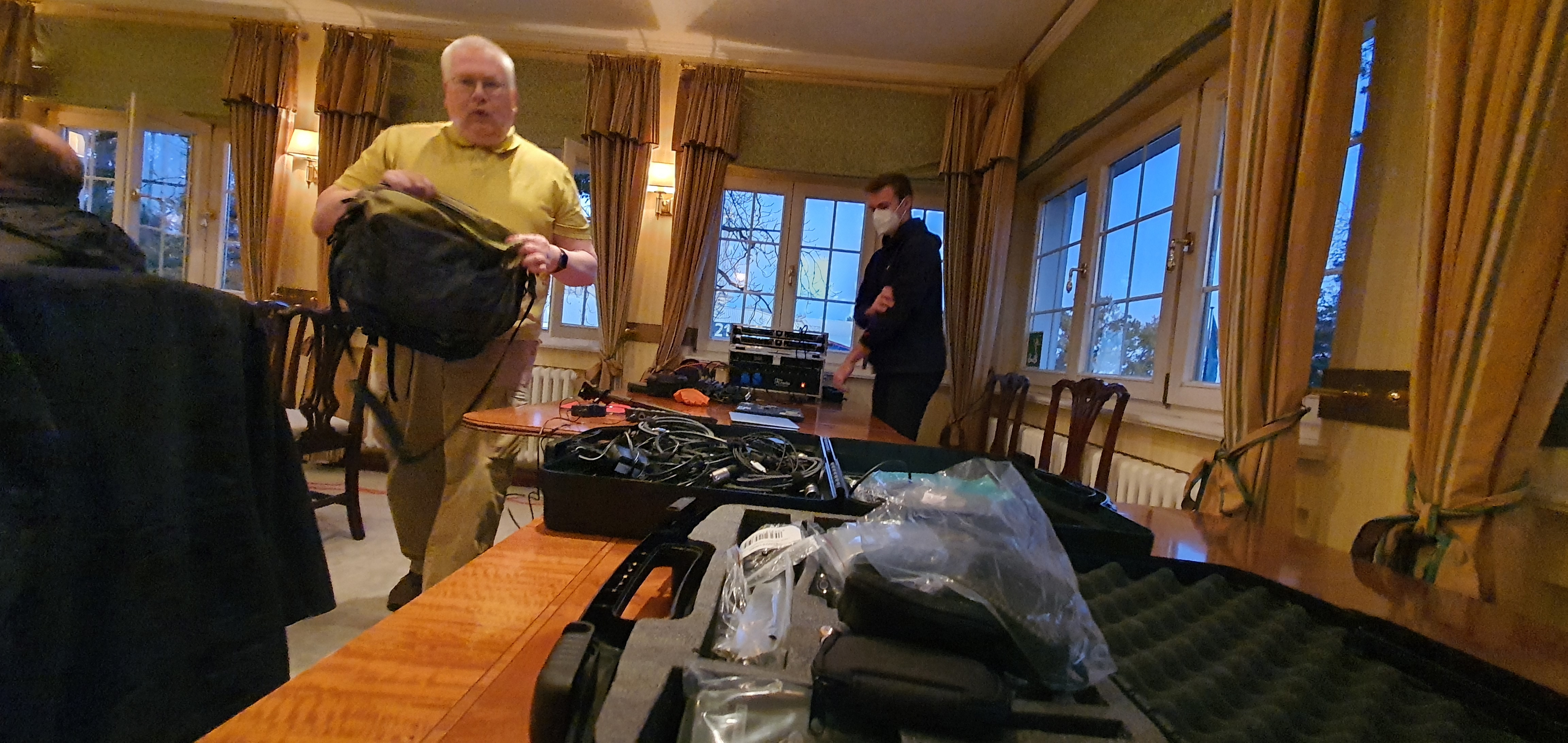
|
|
|
|
|

|

|
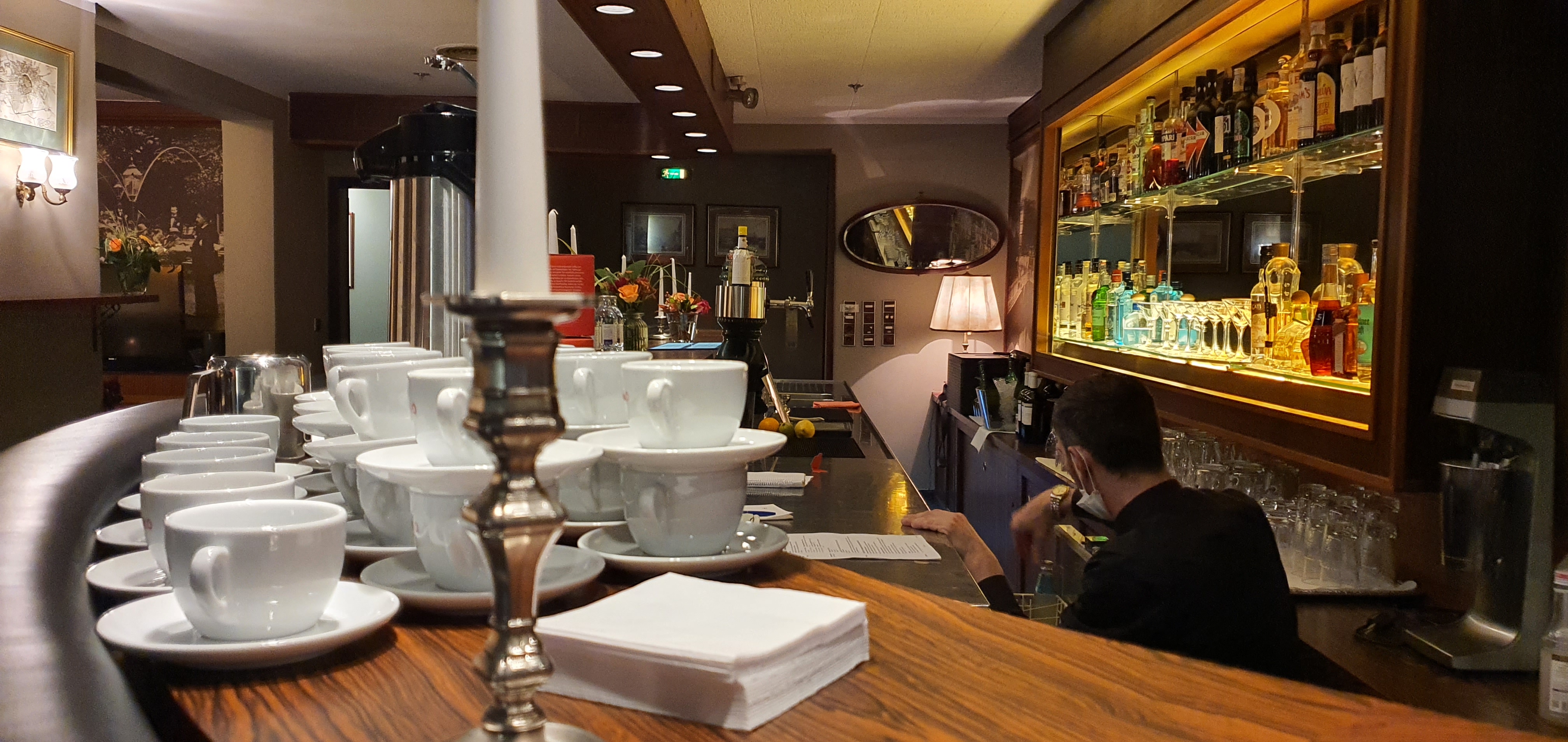
|
|
|
|
|

|

|
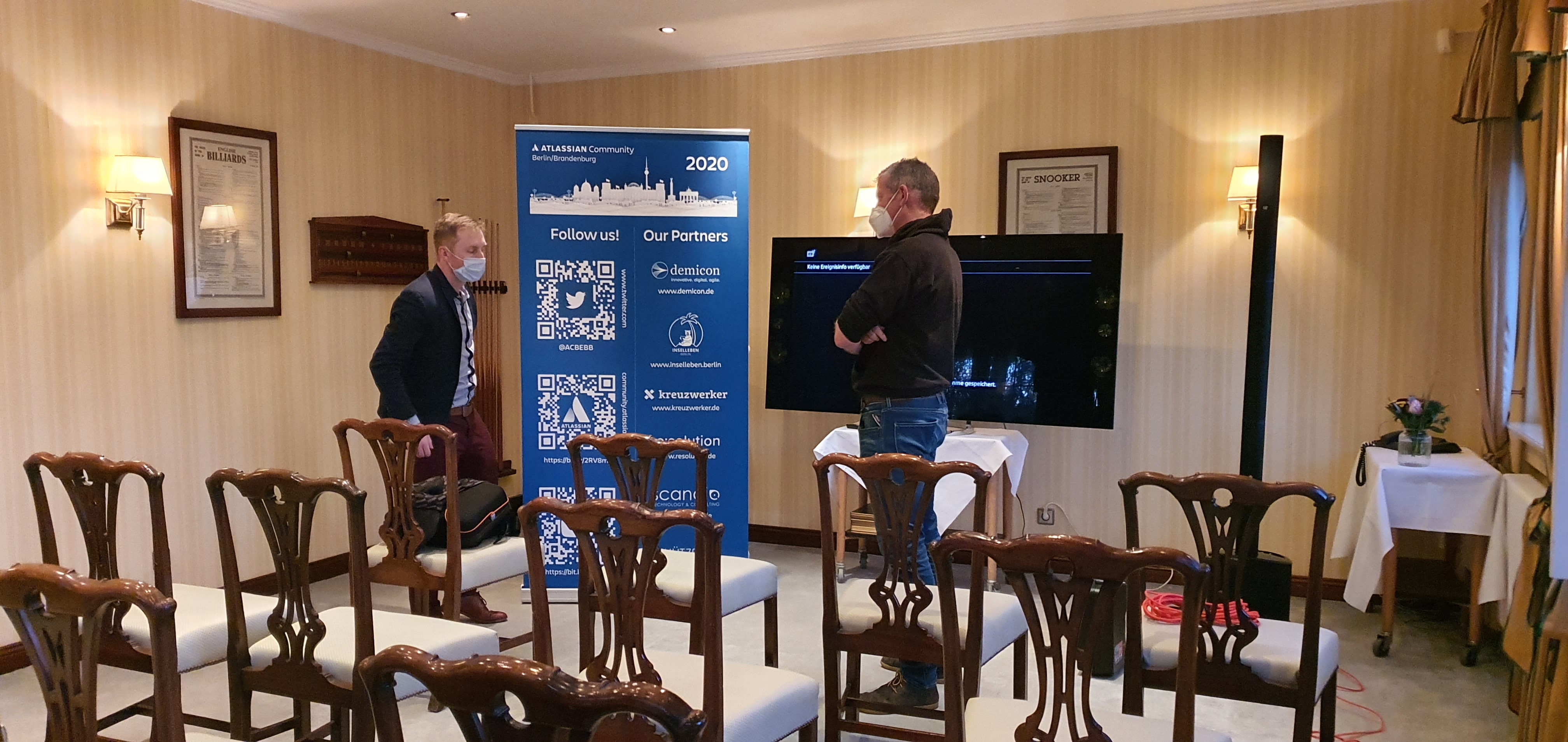
|
|
|
|
|
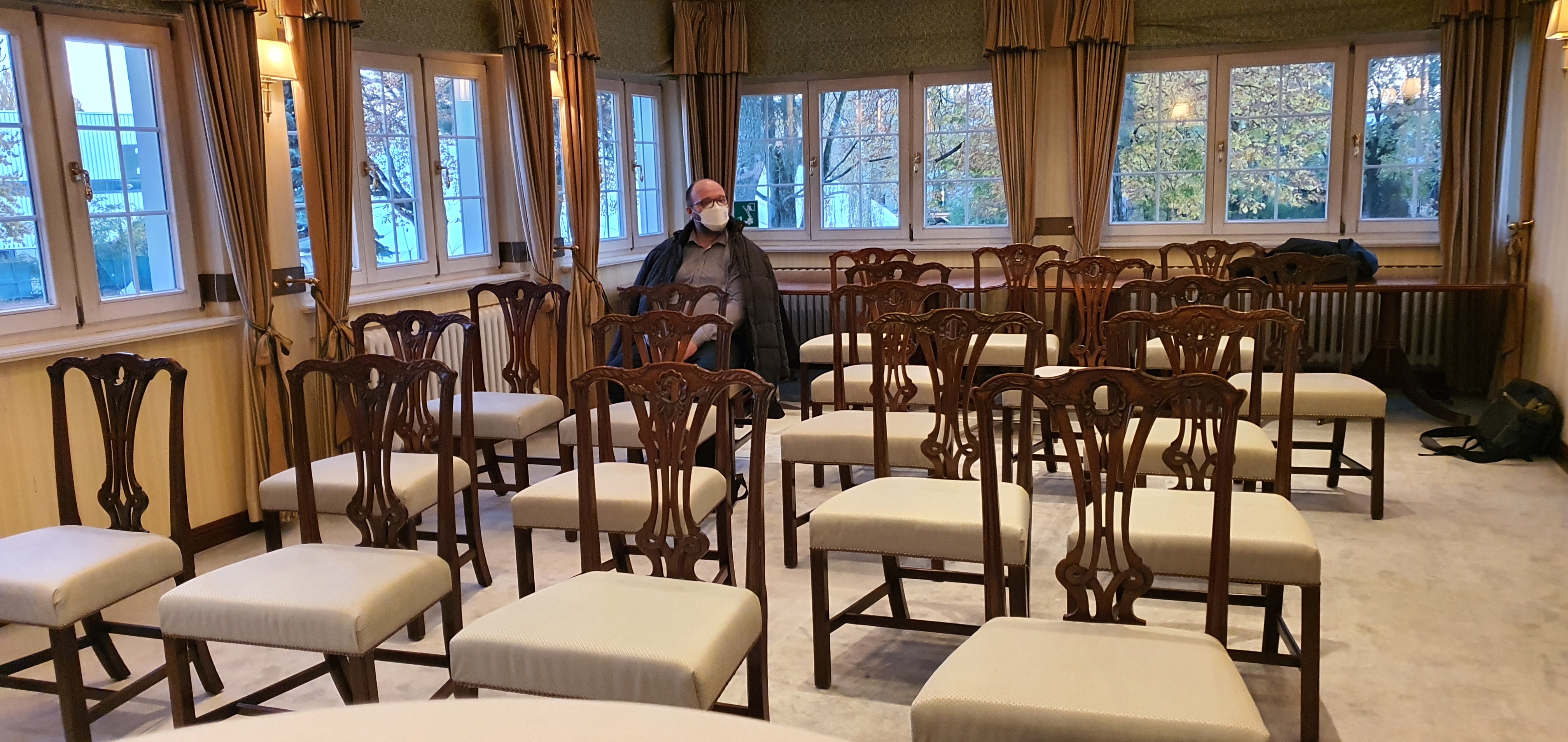
|

|
|
|
|
|
|